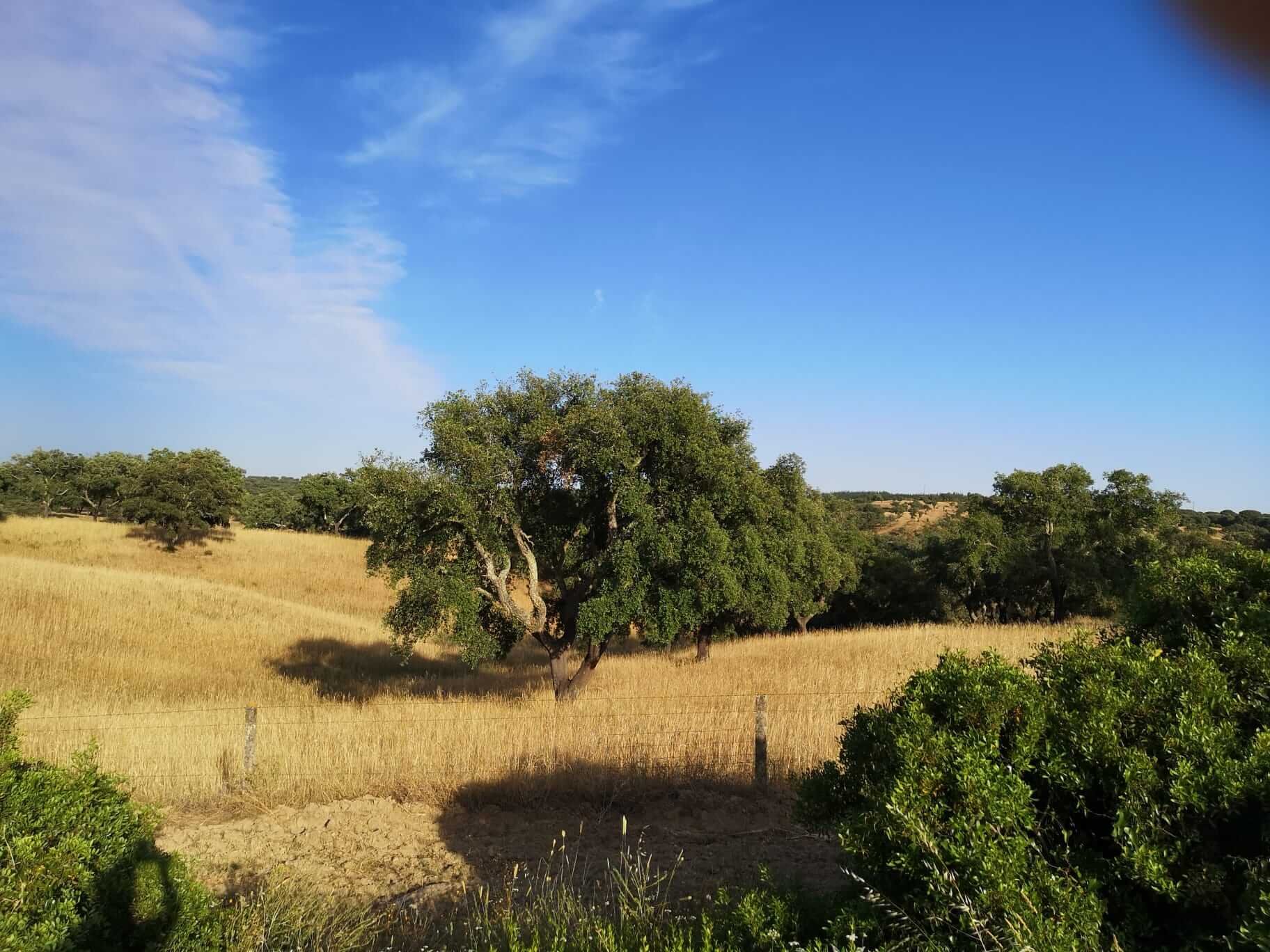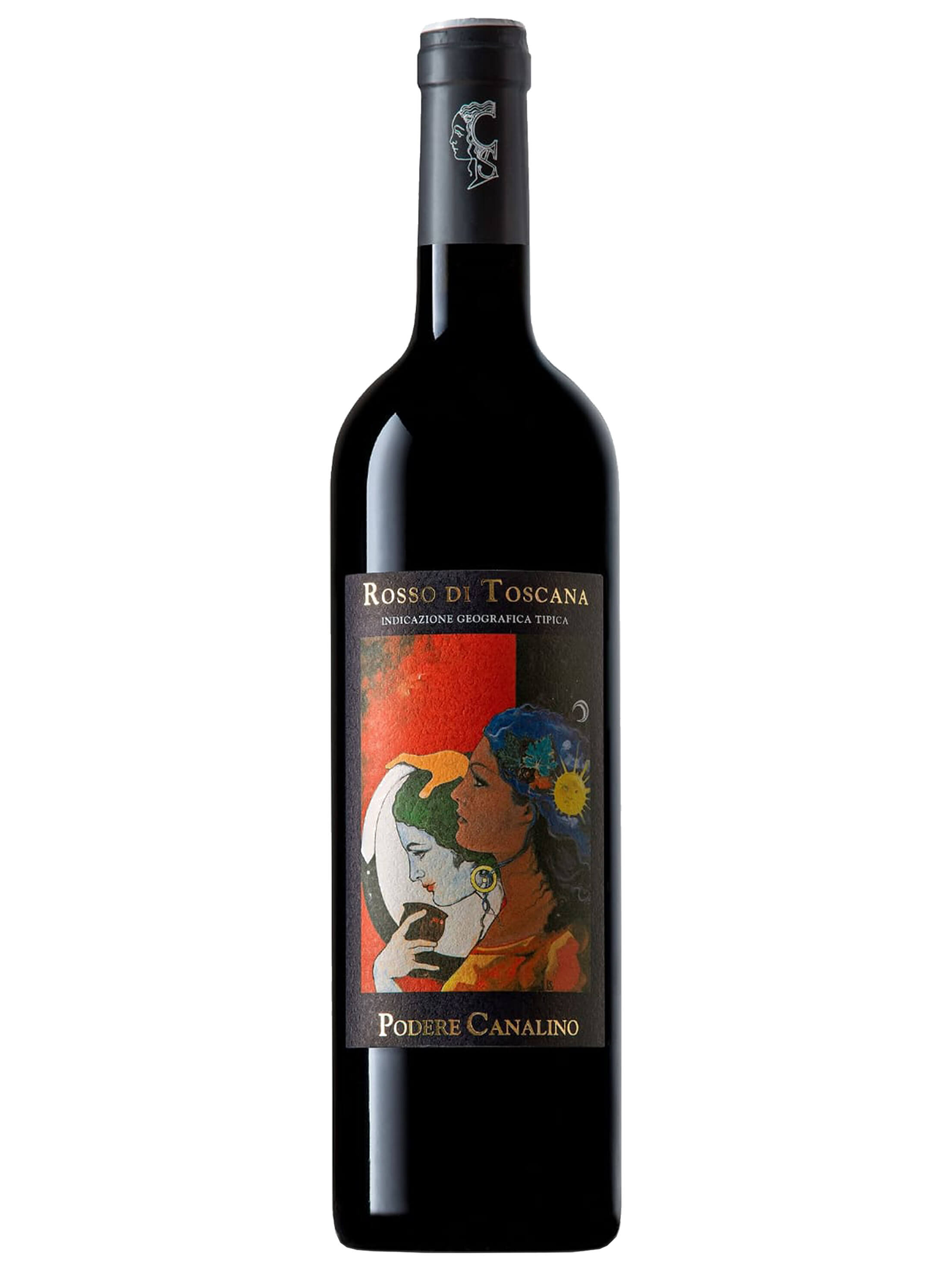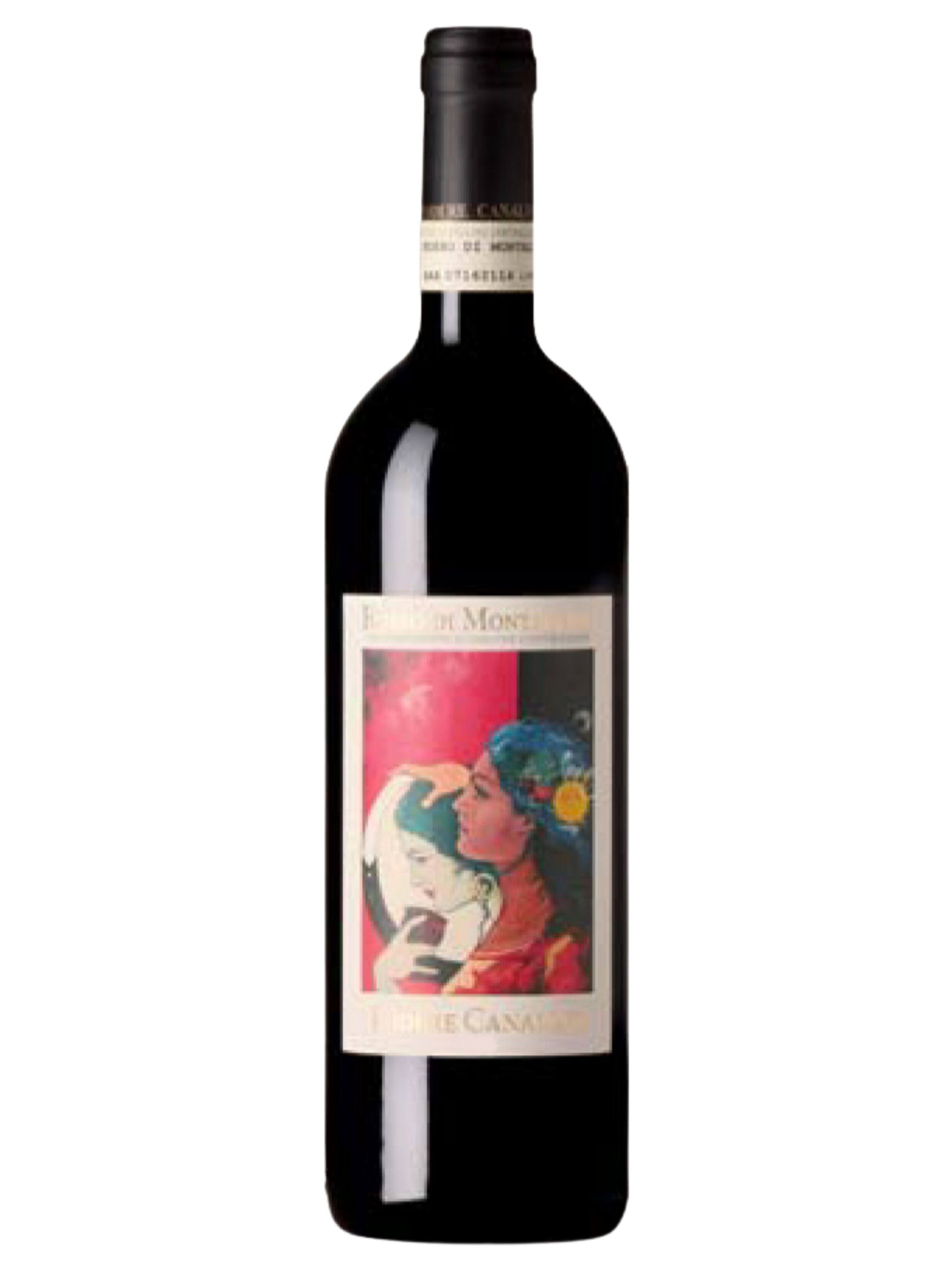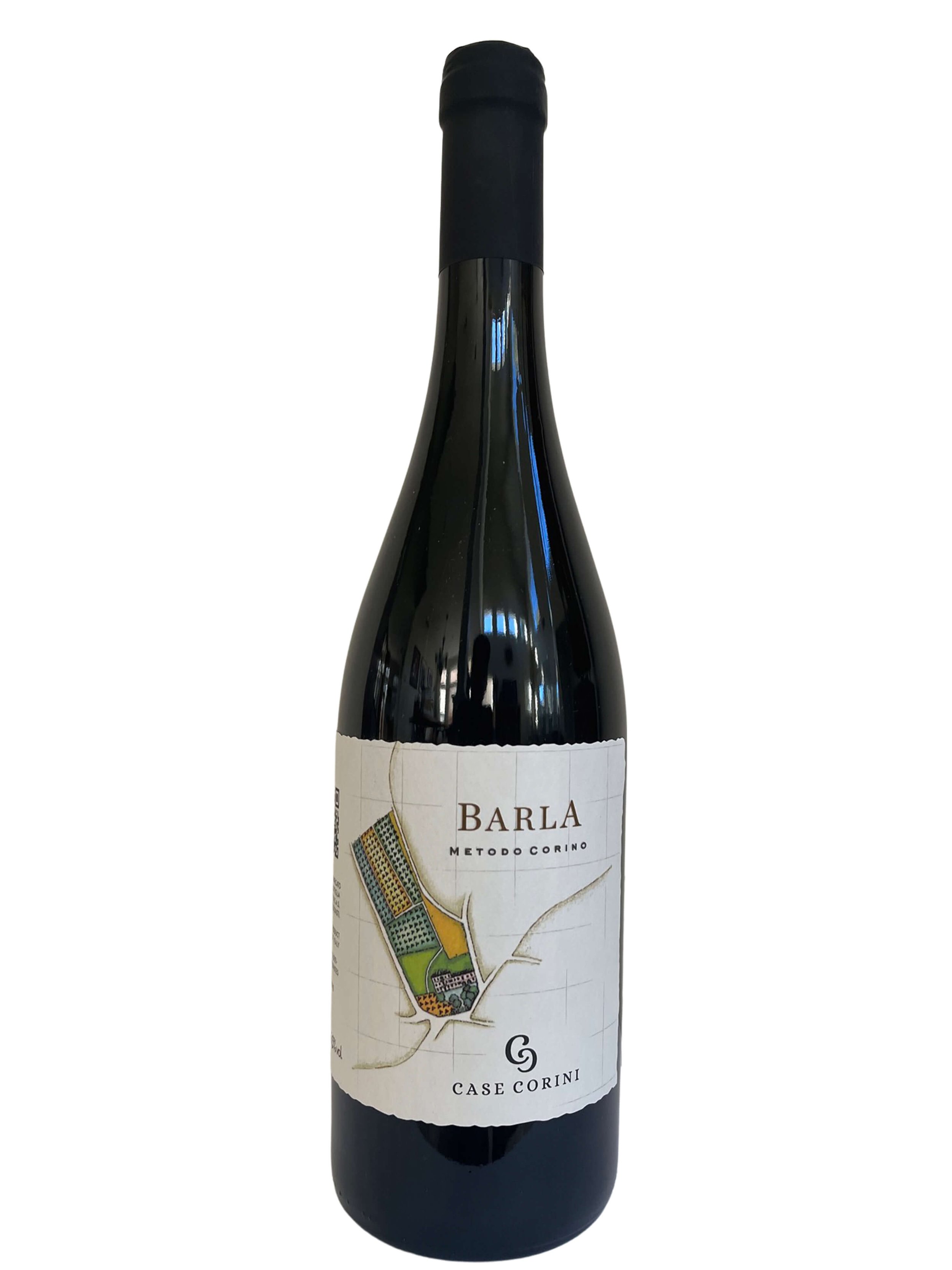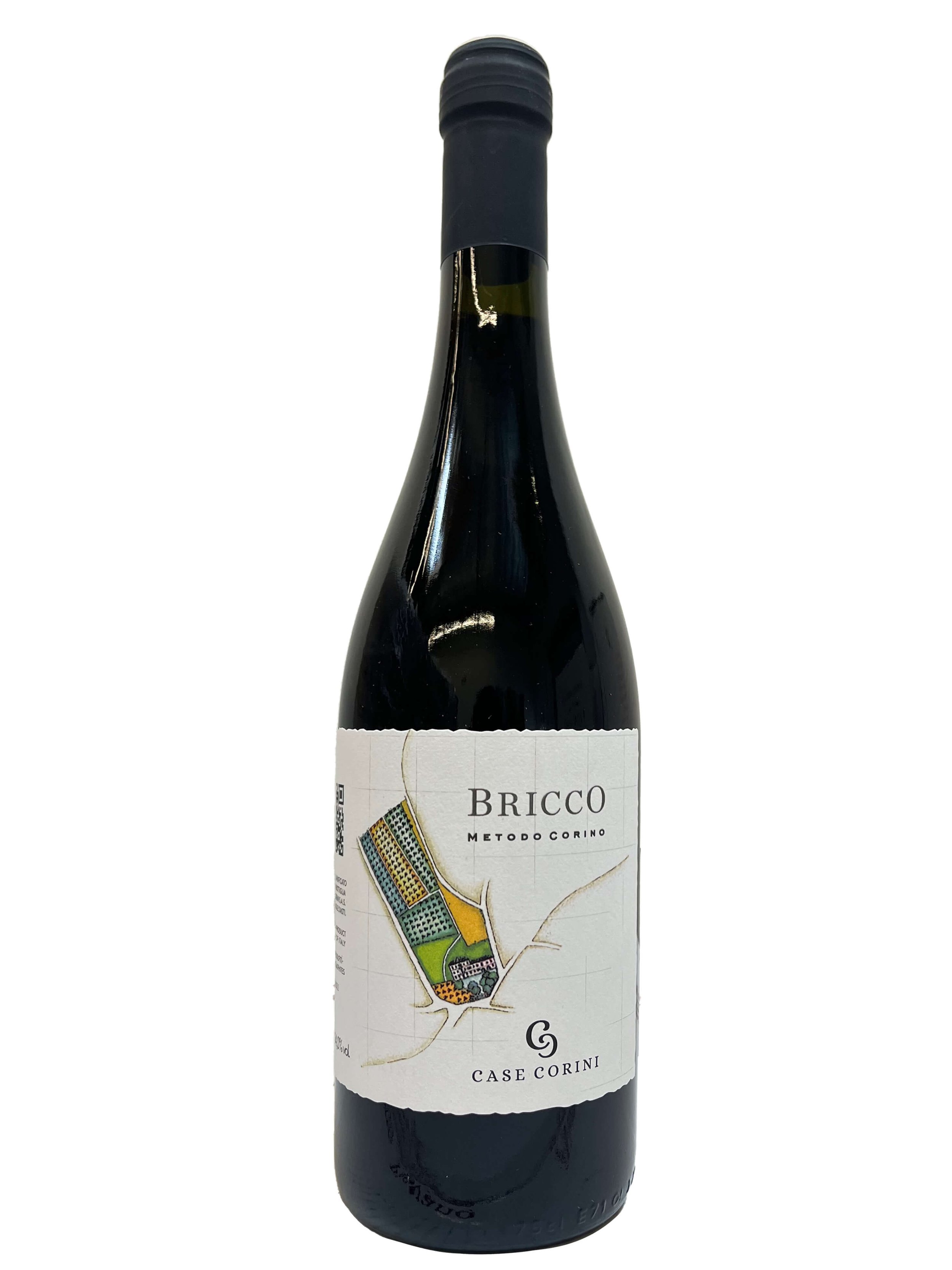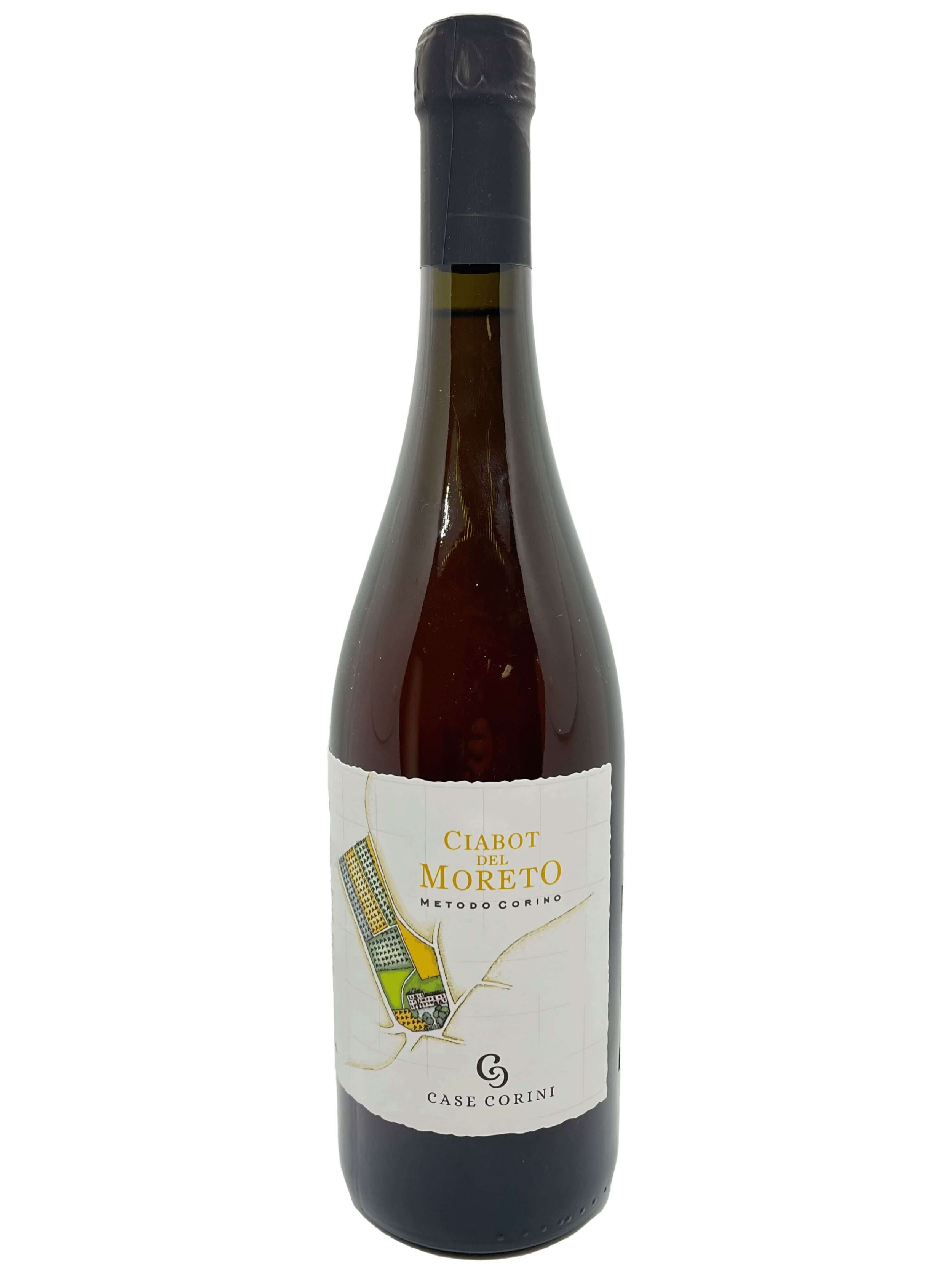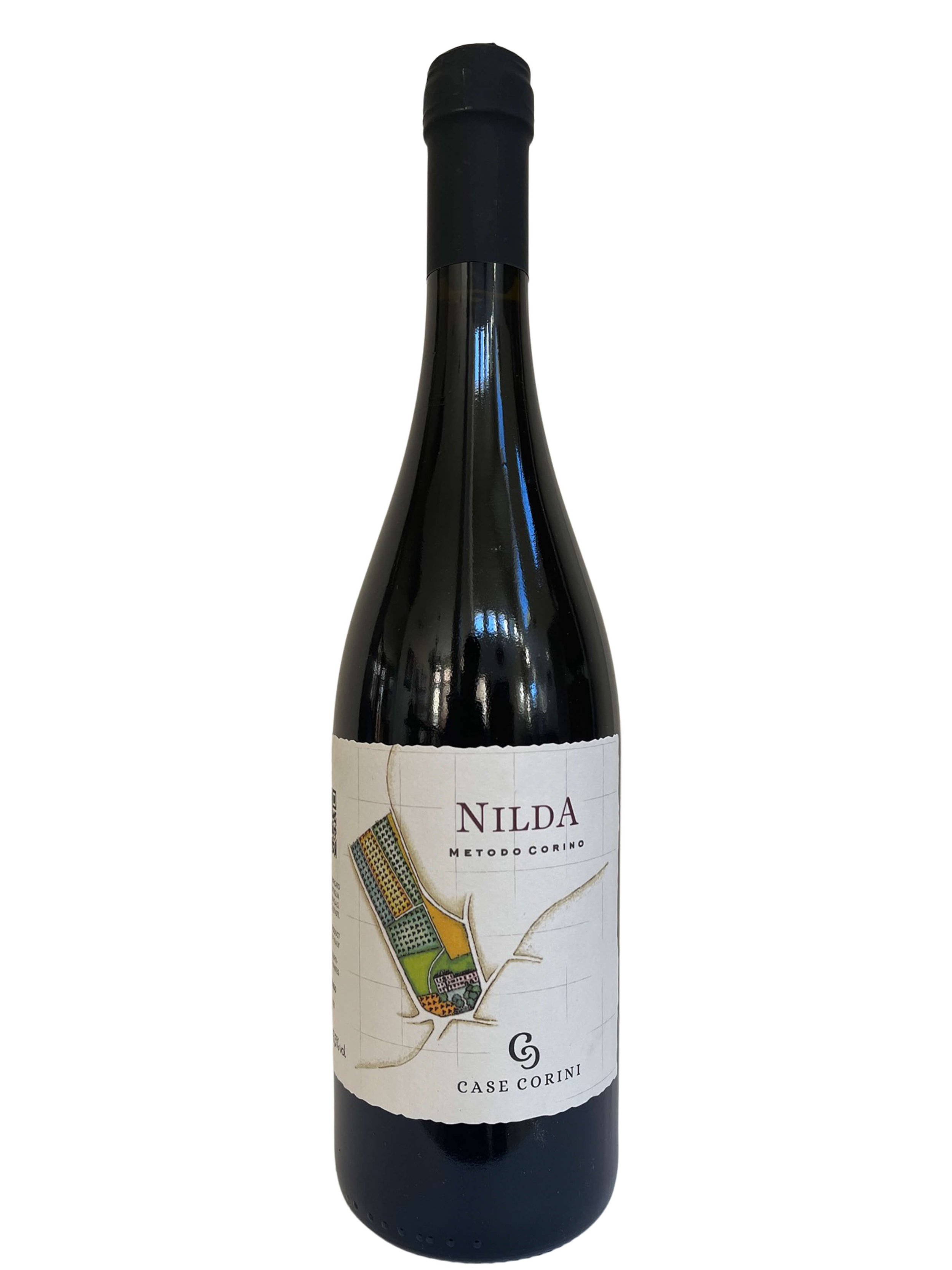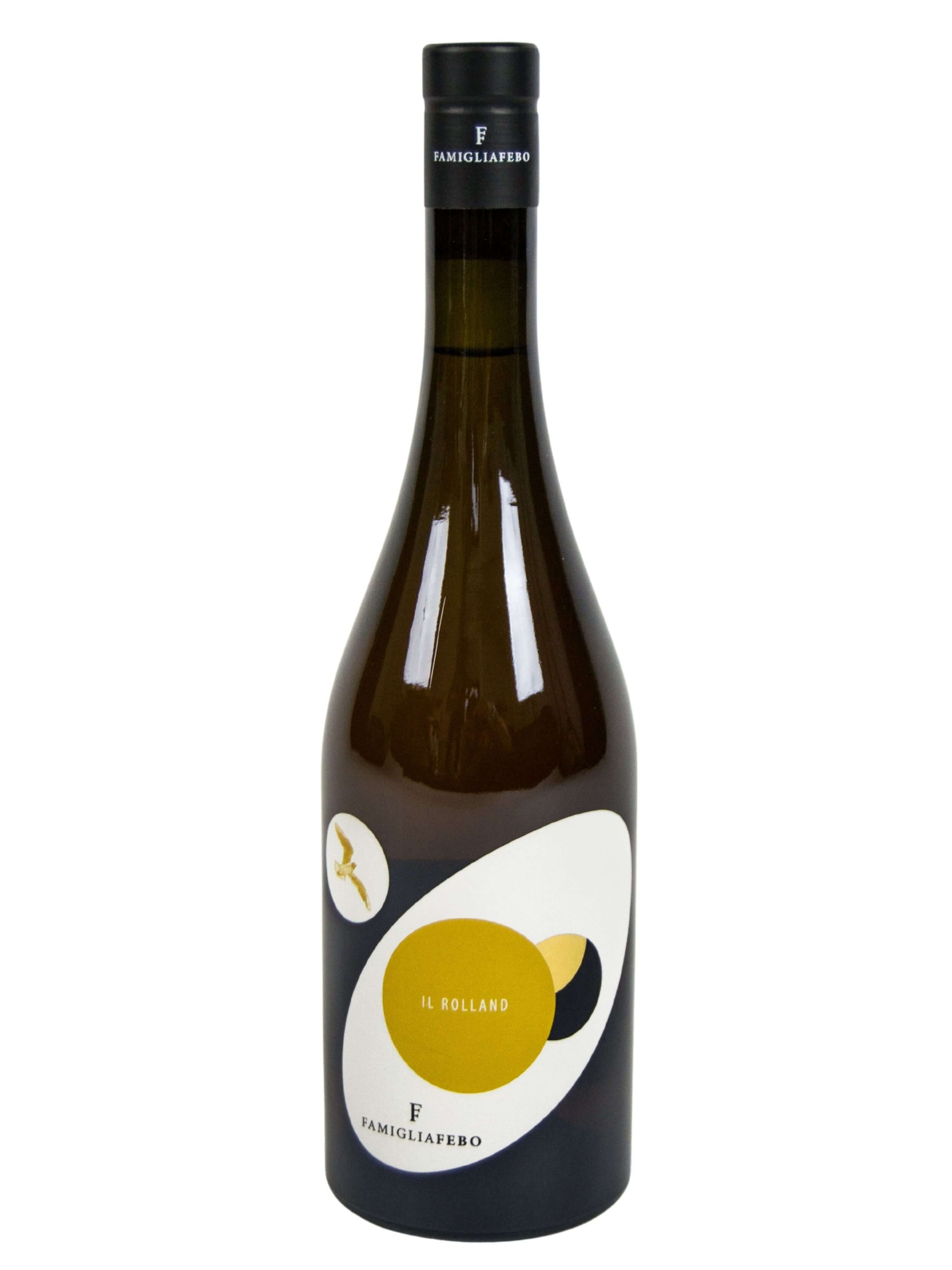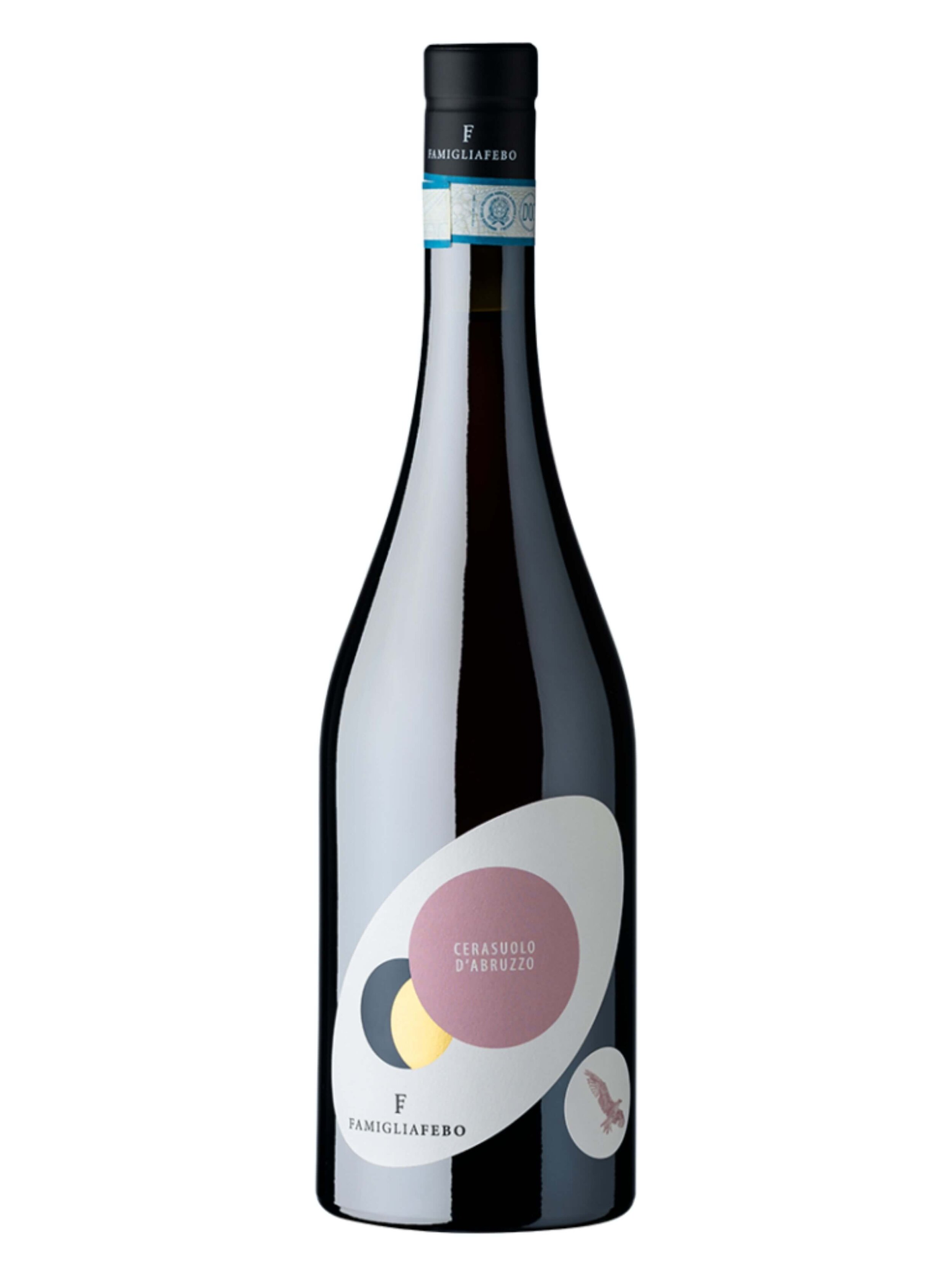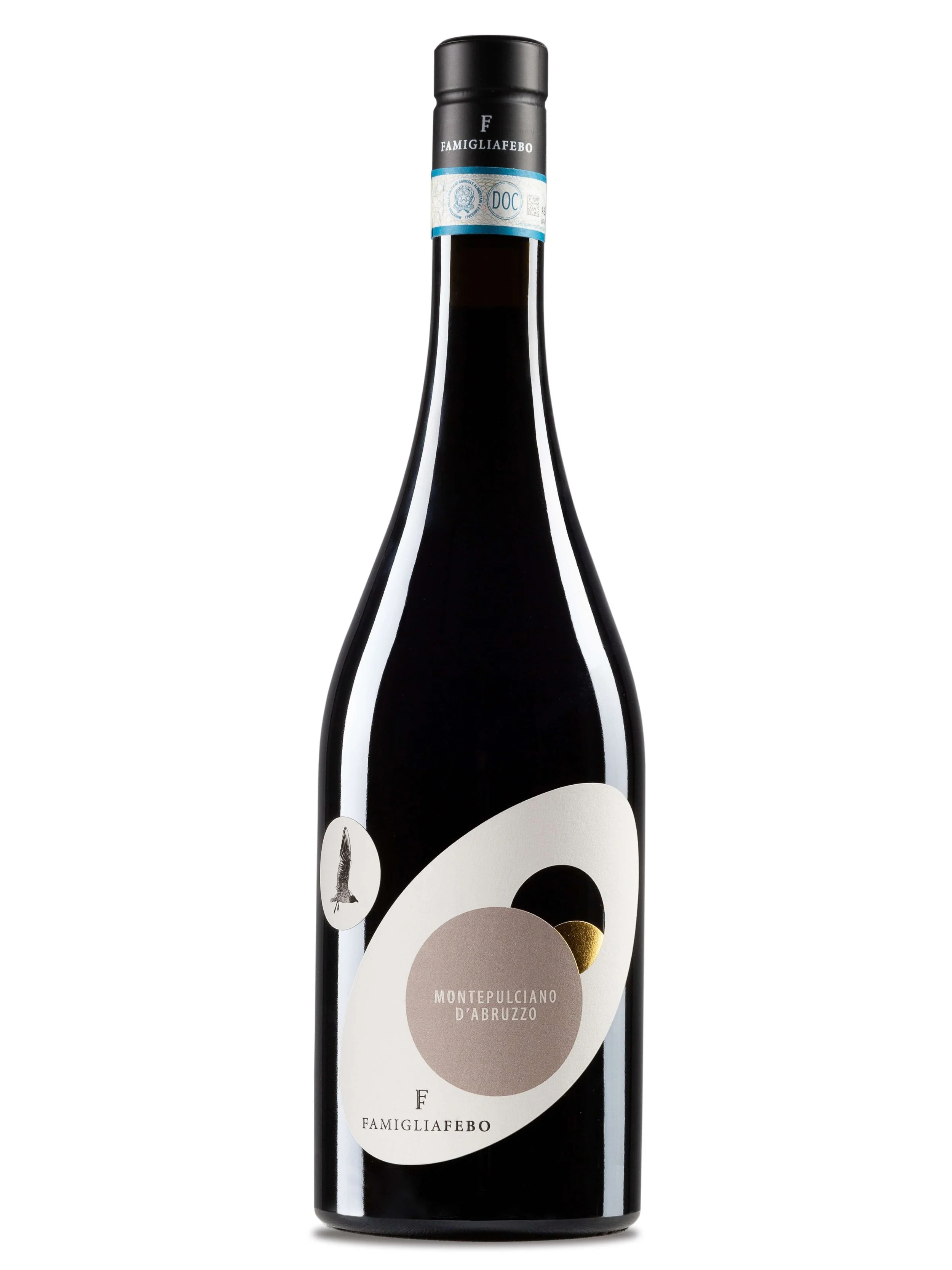UnCorking the Humble Cork
June 25th 2022 was a busy day for cork farmer Ricardo Cecilio. “Welcome to Montado!” greets Ricardo Cecilio. After a 9 years wait, it was finally time to harvest cork from the cork trees on his farm in in Alentejo, Portugal. That morning, he and cork harvest specialists were at his farm busy harvesting. Then, that evening, he gathered, along with some friends, live from his cork farm at our “Uncorked” VeroTalk to tell us everything we ever wanted to learn about cork and cork farming. Here are the highlights from our exploratory chat with him.
Joys & Challenges of Cork Farming
Surrounded by “naked” trees, Ricardo stood in his cork forest, known as the Montado or “where the cork oaks grow” during the harvest which happens only every nine years, or so. Vero founder Sheila Donohue met cork farmer Ricardo Cecilio many years ago when they were both living in Bologna, Italy. Ricardo lived in Italy for over 30 years, and that’s where he attained his biology degree. Then, 20 years ago, Ricardo and his family had the opportunity to convert agricultural land to cork forests, which they did, while continuing to grow rice, tomatoes, pine nuts and other agricultural crops. During the period of cork oak growth, Ricardo lived in Italy returning to Portugal to tend to his trees; now he lives there with his extended family, his six brothers and sisters each taking care of a grove of cork oak trees which are harvested in rotation.
Ricardo talked about the joys and challenges of being a cork farmer in the Alentejo region. “I have a passion about forests in general and animals more than agriculture crops,” Ricardo explained. And, “it's been a love story” but not without its ups and downs. The cork forest is remote, and he misses all the activities of Bologna, but “it's beautiful.. and it's a never-ending story because you keep learning every day, every year, every nine years you learn something more.” Yet “it takes a long time” to yield cork from a cork farm, says Ricardo, so patience and long-term planning is a must.
Montado landscape on Ricardo’s cork farm in Alentejo, Portugal.
The Montado
The Montado, Ricardo said, is what they call this natural looking landscape of cork forests, which has been shaped for thousands of years because of human interaction. Without human intervention, the cork forests would be replaced by other species, and the ones that depend on this ecosystem, including foxes and migrating birds, would lack resources for their survival. Ricardo grows his cork oak trees in Alentejo, an up-and-coming wine region in Portugal which has the largest production area of cork in the world (almost 50%) and with 33% of the world’s cork oak forests. Located in the hilly south eastern edge of Portugal near Spain but only a few hours east from Lisbon and the Atlantic Ocean, Alentejo is lush in some areas with these beautiful large cork trees which harbor an important and diverse ecosystem. The landscape has rolling hills of grass, vineyards of grapes, orchards with olives, lavender growing everywhere, and in the oak forests, animals abound, and flocks of birds flit and sing in the trees.
The Cork Tree, Symbol of Portugal
The cork oak tree (Quercus Sitbe) features prominently in the native landscape around the Mediterranean Sea not only in Portugal, but also Spain, Italy, North Africa, Greece and islands in the Mediterranean. Trees have large sturdy trunks, with heavy spreading branches and rounded crowns of dense, holly-like foliage, similar to that of the coast live oak of California. The outer bark of cork oak, known commercially as "Corkwood," can be harvested for many years without injury to the trees as long as the harvest occurs during warm, dry weather of late spring and summer, completing harvest before the rain and cold comes in fall. Depending on conditions, about every 9 years the bark is carefully stripped from the trees and this harvest can continue sustainably for 100 years or more. Seedlings require shade, and possibly irrigation, which is challenging due to the remote nature of the cork oak forests. Rodents, rabbits, cattle, and deer also threaten the young trees. Cork oak trees co-evolve with fire, thankfully, acting as a barrier to wild fire. Yet, ongoing drought conditions challenge the cork oak forests and make fires more fierce. “You'll take three acorns and you'll plant them and then do some hand watering maybe to see how they go but it's so remote that they're dry farmed. Essentially you're not irrigating them or watering them,” Ricardo said. “Hopefully you get several little saplings. You have to protect them from the cattle and the other deer and other animals that might want to eat the baby oaks. Only the best thrive and make it.”
One of Ricardo’s ‘naked’ cork trees, right after harvest
By seven years old, most of the trees are about “as big as you, there are some smaller than me, and some are three times my size.” About every 7-10 years, they fertilize the soil. But that’s not all: “You have to prune the tree when they are five years then when they are 20 years so you'll have a trunk that’s straight until two or three meters so you can actually have good pieces of cork when you strip the trees.” That first harvest at about 20 years is not the best quality, however. During the growing process, the trees are pruned – a nice straight trunk is most desirable to ensure a good harvest; some cork is taken at 15 and 20 years.
Finally, Harvest Time
Once the trees have matured at 30 years, Ricardo can harvest the cork, starting early in the morning and quitting before the day gets too hot. While waiting another nine years to sustainably harvest the cork again, Ricardo cares for his trees, and in caring for the trees, he takes care of an entire, important ecosystem that also provides renewable closures for wine. After nine years, it’s time once again to sustainably harvest the cork. It takes about 40 years of time and money before any return on investment in cork oak.
It is from the bark of the cork oaks that wine bottle stoppers are made, with the highest grade corks coming from the third to sixth harvest from trees 50 to 80 years old because this bark is the least porous and the most uniform in quality with about one ton coming from every 17 acres of cork forest, or about 200 pounds per acre of a well managed forest on good soil. When the cork is stripped leaving the tree naked, Ricardo and his team are careful not to damage the shockingly bright pink cambium layer which circles the tree and carries nutrients like a super highway from one part of the tree to other parts. After the bark is removed, the once actively growing and moist cambium layer dries quickly to a depth of about one- eighth of an inch, changes color from pinkish-tan to dark brown, and a new cambium layer is established below this protective new layer of cork bark. The production of new cork is rapid and the act of stripping the bark appears to stimulate activity to rapidly replace the protective layers of cork, with any wounds to the cambium quickly healing. The inner cambium bark layer shrinks, and the tree’s energy goes into growing cork producing about 1.5” every six years.
Harvesting cork ‘in-action’ on Ricardo’s cork farm.
Cork: An Anchor of Sustainability
When you purchase wine with a real cork, you are preserving a traditional way of life – and an entire ecosystem. “Natural corks are 100 percent biodegradable and compostable”, as mentioned in a recent VinePair article about sustainability in wine. In the big picture, cork oak forests help against climate change because it preserves an ecosystem and the trees sequester carbon. Yet, unfortunately, climate change is having a huge impact, reported Ricardo, especially on the young trees which are not thriving as well. After harvest, “they're dying a lot…because in winter it doesn't rain enough and in summer the heat waves are more and more frequent. We had three heat waves during spring this year and we were touching 42 degrees celsius. It's really a lot…it's getting more and more serious.”
Corked Wine: Cause & Prevention
No substantial conversation about cork can avoid addressing “cork taint” – when a wine is muted or disappointing at one end of the spectrum, often musty, with smells like unpleasant wet socks or moldy cardboard. This is caused by TCA, or 2,4,6-trichloroanisole (TCA) which is formed “in tree bark when fungi, mold or certain bacteria come into contact with a group of fungicides and insecticides, collectively referred to as halophenols. These were widely used during the 1950–1980s and remain in the soil. Fungi have a defense mechanism that chemically alters these compounds, rendering them harmless to the organism but creating TCA in the process,” writes Sean P. Sullivan in Wine Enthusiast. The solution is simple, according to Ricardo’s solution to avoid TCA is to not harvest from the bottom of the tree where there is risk of fungi and where there is soil. “Now we are more informed and pay more attention to the quality of cork”, says Ricardo. In a recent Wine Scholar Guild webinar given by Jane Masters, she echoed Ricardo’s sentiment indicating that the cork industry has learned a lot and improved on avoiding TCA, thanks also to testing and steaming of the cork bark and other processes that have pretty much eliminated cork taint from modern corks.
Taste Wines with Natural Corks
Try what wine sealed under a natural cork tastes like! We sell these curated small production, farm to glass wines to both businesses and consumers across the US:
If you are a distributor reach out to us introduce our highly curated portfolio of one of a kind small production wines to your state.
We sell to wine stores and restaurants in certain states - contact us to learn more.
If our farm crafted natural wines and olive oils are not in your local shop or restaurant, buy wine online here, and we’ll ship it to you, including wine gifts.
We also have an award winning wine club for true wine explorers that are seeking to continually discover unique, sustainable and authentic small production wines they never had. These are wines selected by our sommeliers and curated for each box.
We do corporate gifts and sommelier guided wine tastings. Email us and we’ll tailor unique and sustainable corporate gift ideas.

